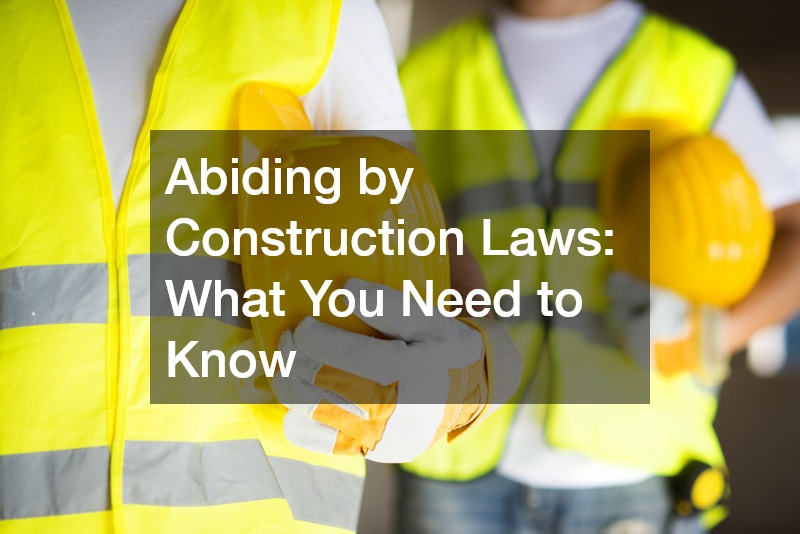

In the wake of Hurricane Harvey, many Texas residents are worried about rebuilding their homes and their lives. But commercial contractors and business owners are incredibly concerned, too. The logistics of rebuilding after such a massive natural disaster like this can be extremely complex. Not only will the costs of materials and labor increase, but there may not even be enough of either to go around. In addition, you may not be quite as protected as you thought you were. And if you’re helping clients rebuild, you might need assistance from a construction law firm if a deal goes awry. Here are a few key points all contractors should know about rebuilding after Hurricane Harvey.
Material Costs Are Expected to Rise
All across North Texas and beyond, materials like plywood, softwood lumber, and fiber board are in short supply. In fact, the cost of these materials had been on the rise even before Hurricane Harvey swept through the region. Canadian soft wood lumber is commonly used in many construction projects, and the Trump administration put a 10% tax on it at the beginning of this year. With the demand as a result of the hurricane, these material costs might climb by up to 20%. Between the cost of the actual material and the cost of transport (gas prices are rising, too), consumers will pay more for their home improvement projects — and contractors will have to reflect these costs in their estimates.
Labor Will Be Harder To Come By
Materials aren’t the only building component that will be more scarce. Experts are saying that there will likely be a shortage of construction workers and other laborers for these rebuilds. If true, this will result in widespread delays and increased labor costs. Around 30,000 Houston homes were destroyed by Hurricane Harvey, with tens of thousands more suffering substantial damages (and that doesn’t even account for the businesses and other commercial properties that were impacted). Contractors in the region were already having issues finding workers to take on their projects before the hurricane even hit. In June of 2017, there were 225,000 unfilled construction jobs across the country, according to the National Association of Home Builders. Now, those projects could be delayed by many months and construction wages could potentially rise by double-digit percentages. This has the capability to substantially impact the national economy and could drive down the construction worker unemployment rate even more. More than likely, the average contractor will have trouble finding skilled workers to complete their projects and short time frames will go out the window.
Builders Need To Take Location Into Account
Experts point out that areas like Houston are actually prone to this type of natural disaster. Houston has suffered three different disasters identified as “100-year floods” since 2001, which indicates that they really aren’t as uncommon as their nickname would have people believe. Although the city is above sea level, there are few areas with water-absorbing grasslands. This means that when the rains come, they have virtually nowhere to go. Superior city planning could potentially solve this issue by replacing concrete or asphalt with more natural ground cover or overhauling the drainage systems. And although building hurricane-resistant structures might cost more money and take more time, it’s been proven to work. Florida legislators passed statewide building codes in 2002 to ensure buildings could withstand winds of 111 to 130 miles per hour. Those measures have helped drastically, as proven by the number of insurance claims filed since those codes were implemented. Other states have adopted similar measures. Even if Texas is slow to do so, contractors can still make a difference by offering such features to protect their builds.
You May Not Be Protected By Your Builders Risk Insurance
Most construction lawyers will recommend you have builders risk insurance for your projects. This coverage will apply for a minimum of one year on new buildings or structures under construction, or existing structures that undergo alterations, additions, or repairs. But coverage for hurricanes and other natural disasters isn’t guaranteed. Some policies do cover a certain level of protection while others exclude these events completely. That means you’ll want to go over all the details of your policy with your commercial real estate attorney and make sure that your project will be covered in the event of a natural disaster. If you don’t currently have this kind of coverage, your construction lawyer will likely inform you that it may be more expensive or difficult to obtain in certain areas of the country. Make sure to go over all of these details in full and understand precisely what protection you’ll have.
You Might Need To Contact a Construction Attorney During Rebuilding Efforts
If you’re helping former clients rebuild or want to lend a hand to those who have lost their businesses due to a hurricane, you’ll still need to protect yourself during the process. You should draw up a formal contract and work with a construction lawyer to ensure you have the proper safeguards in place during this period of rebuilding. Otherwise, you might be held responsible for delay penalties (due to the labor and material shortages outlined above) that are actually outside your control. Your construction lawyer will look over your contracts to make sure these are included, or they may be able to assist you if you failed to include them in your initial contract.

